Buy the photo Bizzare leaves of a wild teasel by Silva Wischeropp on canvas, ArtFrame, poster and wallpaper, printed on demand in high quality.
About "Bizzare leaves of a wild teasel"
by Silva Wischeropp
About the artwork
I discovered this autumnal, bizzare, wild cardoon during my photo walk in the Botanical Volkspark Blankenfelde-Pankow on 12 October 2025 in the late afternoon hours.
The photo was taken with the NIKON D800 camera (lens: NIKKOR 24.0-70.0 mm f/2.8).
Warm, brown tones of these interesting, rolled card leaves radiate a harmonious warmth and harmony.
Autumn shows its most beautiful side and enchants nature with wonderful warm, strong colours.
The wild teasel (Dipsacus fullonum L., synonym: Dipsacus sylvestris Huds.) is a plant species that belongs to the teasel subfamily (Dipsacoideae).
The name Dipsacus comes from the Greek dipsa for thirst: after rain, water collects in the funnels of the stem leaves for birds or hikers to drink.
The wild teasel is a biennial semi-rosette plant. It is called a cistern plant because the opposite leaves, which grow together at the base, form a water collection basin (phytotelm). Their function is interpreted as protection against ants. It is possible that insect trapping and the colonisation of small organisms provide an additional nitrogen supply.
In terms of flower ecology, these are "basket flowers". The flowers unfold from the centre of the inflorescence and progress both upwards and downwards. This is why you often see two rows of open flowers; the ones in between have already finished flowering. The flowers are pre-masculine, with a 1 cm long narrow tube and protruding stigmas and anthers. The flowers are abundantly visited by insects. The nectar is only accessible to long-trunked bumblebees and butterflies. Self-pollination is also successful.

About Silva Wischeropp
"For me, photography feels like really capturing the moment - like a kind of alchemy where time is physically captured."
Silva Wischeropp was born in the Hanseatic city of Wismar in the former GDR. Today she lives and works in Berlin. As a passionate travel..
Read more…
 Netherlands
Netherlands Ordered in April 2021
Ordered in April 2021
 Germany
Germany Ordered in March 2024
Ordered in March 2024
 Netherlands
Netherlands Ordered in June 2021
Ordered in June 2021
 Germany
Germany Ordered in May 2021
Ordered in May 2021
 Netherlands
Netherlands Ordered in May 2017
Ordered in May 2017
 Netherlands
Netherlands Ordered in October 2019
Ordered in October 2019
 Germany
Germany Ordered in March 2024
Ordered in March 2024
 Germany
Germany Ordered in March 2021
Ordered in March 2021
 Germany
Germany Ordered in March 2023
Ordered in March 2023
 Germany
Germany Ordered in August 2019
Ordered in August 2019
 Germany
Germany Ordered in October 2019
Ordered in October 2019
 Germany
Germany Ordered in April 2022
Ordered in April 2022
About the material
ArtFrame™
Interchangeable Art Prints
- High-quality print
- Easily interchangeable
- Acoustic function
- Large sizes available
Discover the artworks of Silva Wischeropp
 Underground station of the U2 line - special train to PankowSilva Wischeropp
Underground station of the U2 line - special train to PankowSilva Wischeropp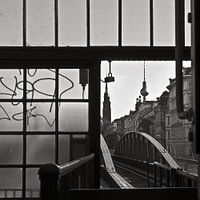 Berlin underground station Eberswalder Strasse of line U2Silva Wischeropp
Berlin underground station Eberswalder Strasse of line U2Silva Wischeropp Old, squatted house in the Scheunenviertel district of Berlin-MitteSilva Wischeropp
Old, squatted house in the Scheunenviertel district of Berlin-MitteSilva Wischeropp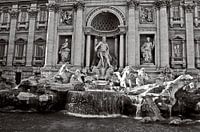 The Trevi Fountain - Fontana di TREVI in RomeSilva Wischeropp
The Trevi Fountain - Fontana di TREVI in RomeSilva Wischeropp New Synagogue (Berlin) in the Mitte districtSilva Wischeropp
New Synagogue (Berlin) in the Mitte districtSilva Wischeropp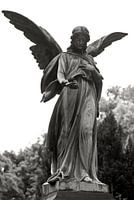 Sculpture of an angel in the St. Elisabeth cemeterySilva Wischeropp
Sculpture of an angel in the St. Elisabeth cemeterySilva Wischeropp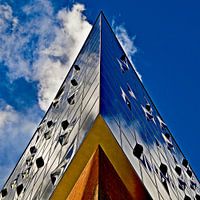 When music touches the skySilva Wischeropp
When music touches the skySilva Wischeropp Underground station of the U2 line - Berlin-Pankow(East Berlin)Silva Wischeropp
Underground station of the U2 line - Berlin-Pankow(East Berlin)Silva Wischeropp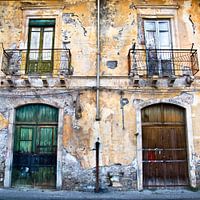 Mysterious, Sicilian facadeSilva Wischeropp
Mysterious, Sicilian facadeSilva Wischeropp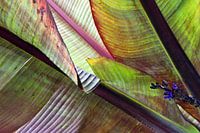 Banana leaves in the warm autumn lightSilva Wischeropp
Banana leaves in the warm autumn lightSilva Wischeropp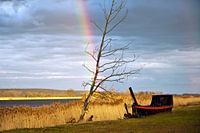 Magical rainbow at the OderbruchSilva Wischeropp
Magical rainbow at the OderbruchSilva Wischeropp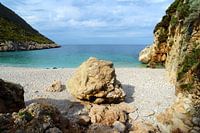 Magic Sicilian Sea SoundSilva Wischeropp
Magic Sicilian Sea SoundSilva Wischeropp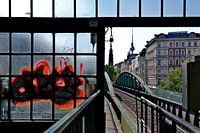 Popular underground station on the U2 line on Eberswalde StrasseSilva Wischeropp
Popular underground station on the U2 line on Eberswalde StrasseSilva Wischeropp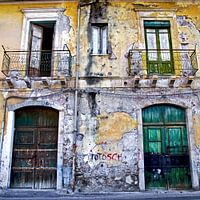 Once upon a time in Taormina on the island of SicilySilva Wischeropp
Once upon a time in Taormina on the island of SicilySilva Wischeropp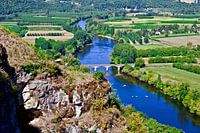 Fantastic view of the Dordogne valley from the Bastide DommeSilva Wischeropp
Fantastic view of the Dordogne valley from the Bastide DommeSilva Wischeropp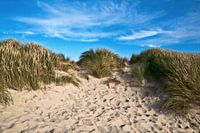 Imaginative sand dunes at Henne Strand in JutlandSilva Wischeropp
Imaginative sand dunes at Henne Strand in JutlandSilva Wischeropp Women bathing on the beach at Nha Trang in VietnamSilva Wischeropp
Women bathing on the beach at Nha Trang in VietnamSilva Wischeropp Night panorama with the Bridge of Angels and St Peter's Basilica in RomeSilva Wischeropp
Night panorama with the Bridge of Angels and St Peter's Basilica in RomeSilva Wischeropp Paradise Isola Bella on the east coast of SicilySilva Wischeropp
Paradise Isola Bella on the east coast of SicilySilva Wischeropp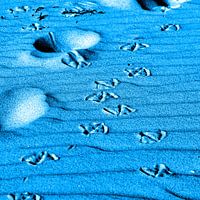 Turquoise blue tracks on the dune on the Baltic Sea beachSilva Wischeropp
Turquoise blue tracks on the dune on the Baltic Sea beachSilva Wischeropp
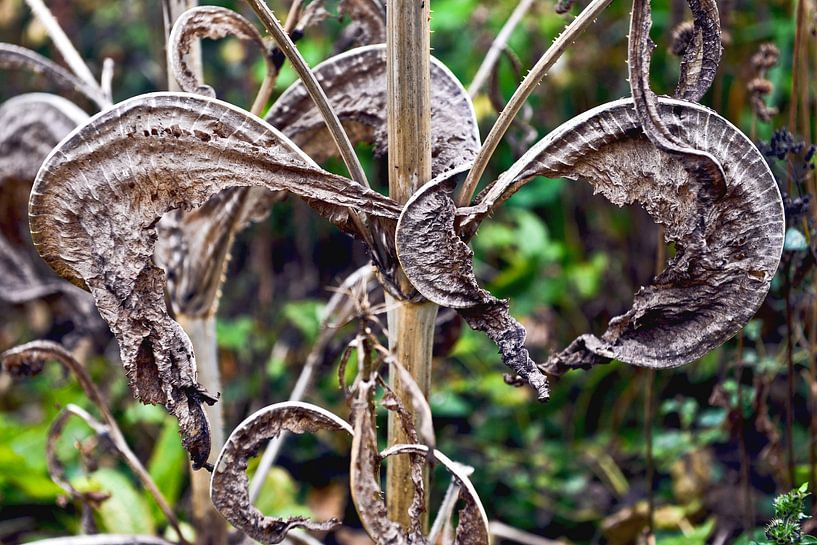












 Autumn
Autumn Indian Summer
Indian Summer Nature and weather
Nature and weather Nature photography
Nature photography Photo wallpaper
Photo wallpaper Photography
Photography Plants
Plants









